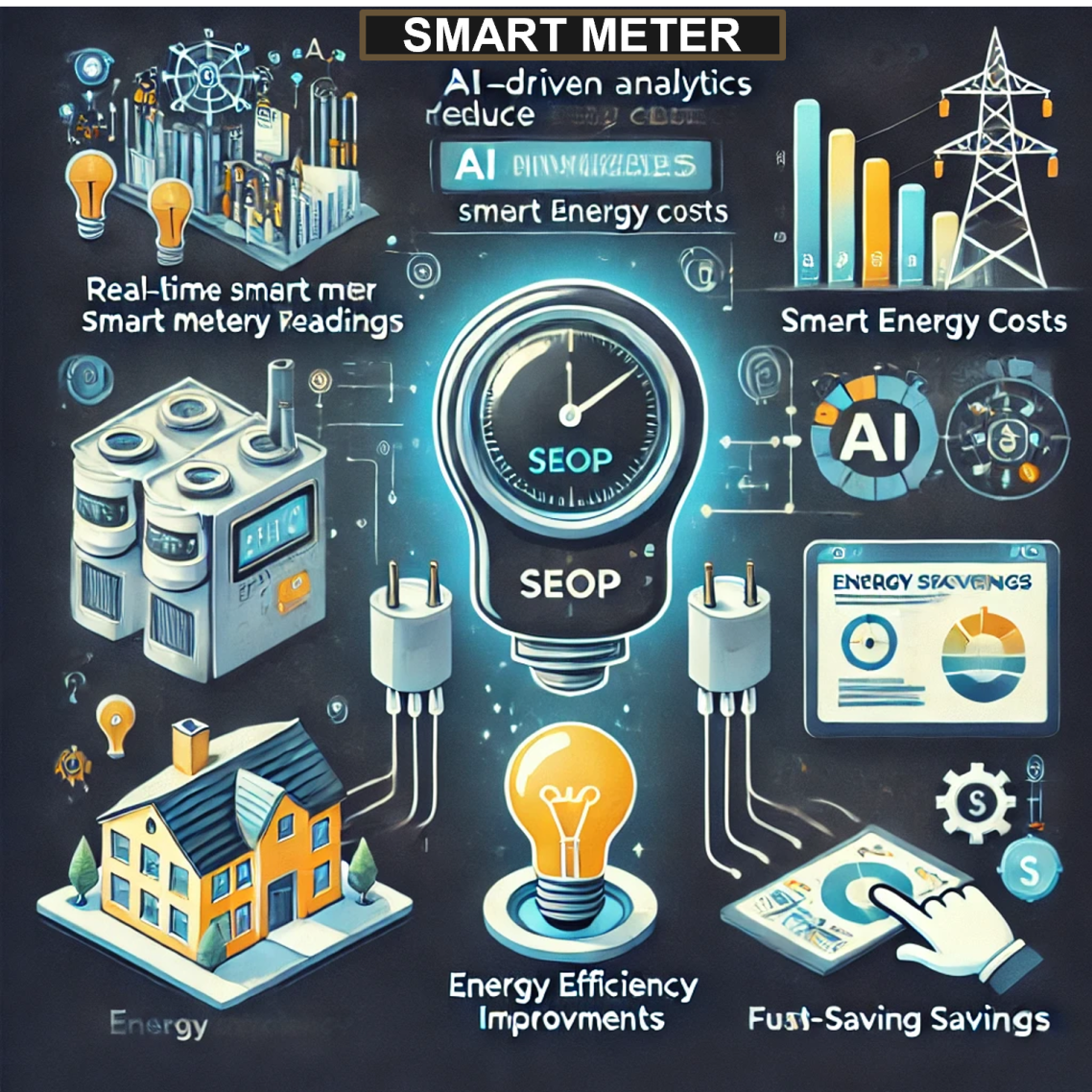Our Technology
SEOP
Core Components
Smart Energy Optimization Platform core technology components includes the following
Knowledge Graphs as Energy Intelligence Maps
SEOP uses advanced knowledge graphs to connect and interpret data from smart meters, renewable energy sources, and grid controls. This semantic layer provides a comprehensive view of energy flows, ensuring every kilowatt is tracked and optimised.
Ontology-Driven Device Interoperability
Our platform standardises data across diverse energy devices – from smart meters and solar panels to heat pumps – enabling seamless integration and real-time optimisation. This interoperability ensures that whether you are a homeowner or a local government, SEOP adapts to your unique energy ecosystem.
AI-Driven Analytics & Dynamic Optimisation
SEOP’s AI engines process real-time data to predict energy demand, balance renewable generation with grid imports, and deliver actionable recommendations. With automated load shifting and forecasting, SEOP helps users reduce energy costs and minimise carbon emissions.

Technology
Use Cases
For Homeowners & Businesses
Businesses: Smart Meter Integration: Transform your smart meter from a passive data collector into an intelligent energy tool. Monitor your energy consumption, receive AI-driven optimisation suggestions, and reduce your bills by maximising renewable self-consumption.
Personalised Energy Insights: Enjoy a real-time dashboard that breaks down your energy usage, clearly showing the split between renewables and grid energy. With actionable insights, you can make decisions that save money and reduce your carbon footprint.
Technology
Use Cases
For Distribution Network Operators (DNOs)
Grid Stability & Renewable Integration: SEOP provides DNOs with real-time, granular data on renewable versus non-renewable energy flows. Our platform predicts demand spikes, optimises load balancing, and ensures that local grids function efficiently, even as renewable penetration increases.
Enhanced Data Visibility & Reporting: With integrated dashboards and automated reporting, DNOs can comply with regulatory requirements and support sustainability initiatives with accurate, up-to-date information.


Technology
Use Cases
For Local Governments & Urban Planners
Place-Based Energy Optimisation: In mixed-use districts like those in Bristol, SEOP enables local governments to understand energy imbalances across residential, commercial, and public sectors. By integrating a register of renewable assets and local grid data, SEOP offers insights to inform policy, optimise energy distribution, and achieve net-zero targets.
Informed Policy & Investment: With a clear view of energy generation and consumption patterns, urban planners can better allocate resources, design incentive programmes, and promote a greener, more resilient city.
How it works
SEOP Development Layers
Data Collection & Integration
SEOP collects real-time data from smart meters, solar panels, wind turbines, heat pumps, and other energy devices. This data flows through our secure, cloud-based infrastructure.
Ontology & Knowledge Graph Processing
Using our ontology-driven framework, SEOP standardises and maps data into a knowledge graph. This creates a unified view of your energy ecosystem – from individual device performance to overall grid behaviour.
AI-Driven Optimisation
Our AI engines analyse the knowledge graph to forecast energy demand, identify inefficiencies, and generate real-time optimisation recommendations. Whether it’s shifting loads during peak tariffs or adjusting renewable utilisation, SEOP ensures every joule is used efficiently.
User Dashboard & Insights
The results are presented on a user-friendly dashboard, showing detailed analytics, cost savings, and environmental impact. Stakeholders can interact with data visualisations and receive alerts for actionable improvements.
Energy Optimization and Sustainability Insights Survey
Contribute to the Energy optimization and Sustainability insights using the link below